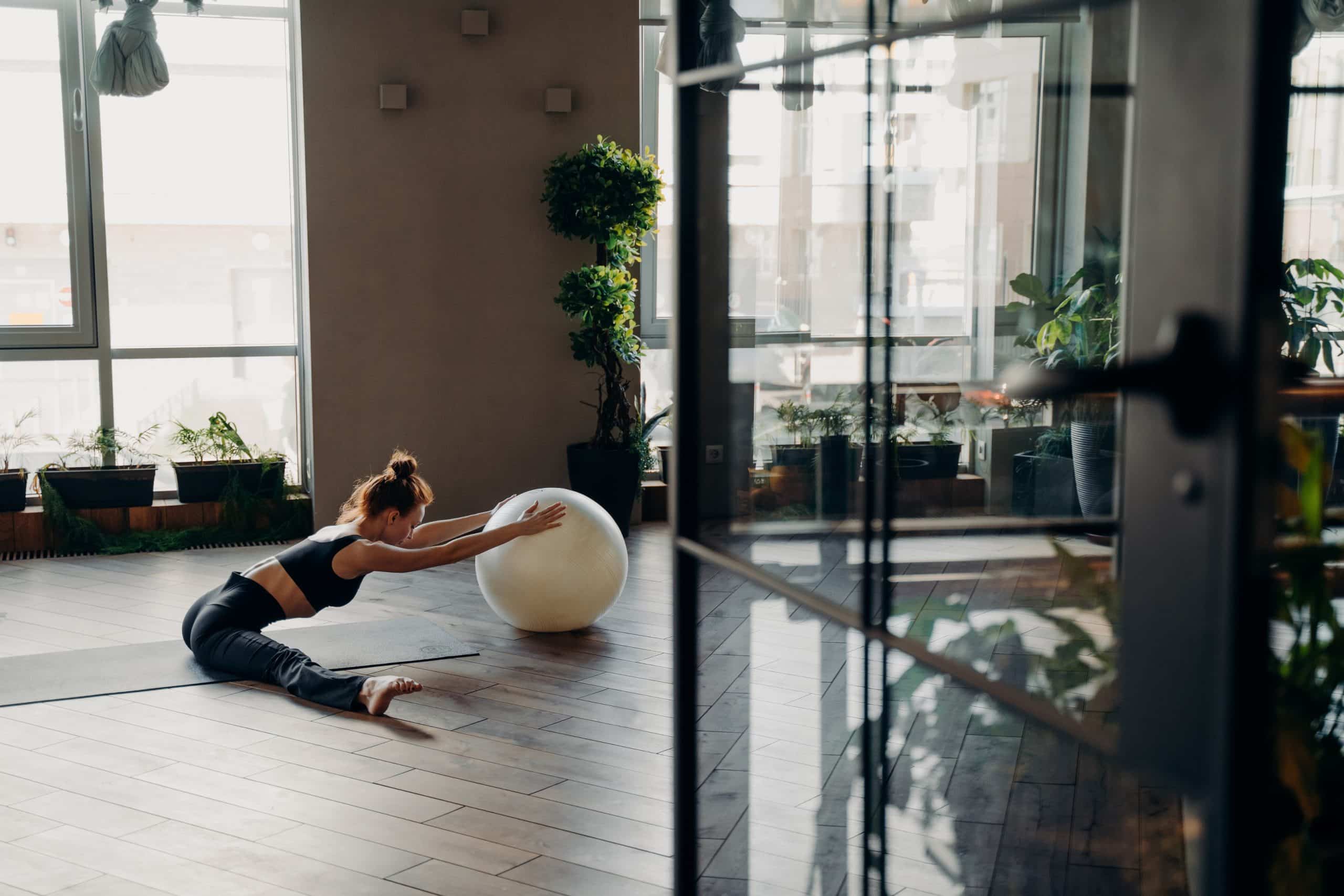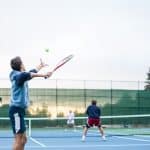In the vibrant world of pet companionship, dogs hold a special place, known for their unwavering loyalty and exuberant energy. In particular, Bulldogs, with their droopy faces offset by a muscular build, have a unique charm that makes them a beloved pet in many households. However, as your pet bulldog enters its senior years, it is significant to reflect on how age affects its health and exercise routine. Bulldogs, like us, need a tailored exercise regimen that suits their age, health status, and unique breed characteristics. This comprehensive guide lends a hand to help you design an age-appropriate exercise routine for your senior Bulldog.
Understanding Your Bulldog’s Changing Needs
As dogs grow older, their needs and requirements change, and as responsible pet parents, it’s vital to adapt to these changes. Bulldogs are generally known for their lower energy levels compared to other breeds, but senior Bulldogs require even more specific attention to their exercise routine.
A lire aussi : What’s the Best Way to Introduce Clicker Training to a Shy Dog?
By nature, Bulldogs are prone to certain health conditions such as hip dysplasia and respiratory problems, which become more prevalent as they age. Regular, gentle exercise can play a crucial role in managing these health issues, keeping your pet’s weight under control, and maintaining overall well-being. However, the key is to focus on low-intensity, regular exercises that do not strain your pet and instead help in boosting its health and spirits.
Adapting Exercise Routine to Suit Your Dog’s Age
As your Bulldog transitions to its senior years, it’s essential to adapt its exercise routine to suit its changing physical capabilities. Here’s how to do it.
Avez-vous vu cela : How to Teach an African Grey Parrot to Identify Colors for Cognitive Enrichment?
Firstly, daily walks are a great form of exercise for senior dogs. Bulldogs particularly enjoy short, leisurely walks. However, as your Bulldog ages, you may notice it slowing down, tiring easily, or showing reluctance for the usual routes. In such cases, you might need to shorten the walk duration, decrease the intensity, or explore newer, less challenging routes.
Another way is to incorporate playtime into their routine. Simple games can keep them mentally stimulated and physically active, without being too strenuous on their bodies. Toys that encourage slow and steady movements, like treat-dispensing toys or slow feeder bowls, can be highly beneficial.
The Importance of Regular Health Check-ups
As your Bulldog ages, the importance of regular health check-ups cannot be understated. Regular veterinary visits will help you stay updated about your pet’s health status, identify any potential issues at an early stage, and accordingly adapt the exercise routine.
For instance, if your Bulldog develops arthritis, certain forms of exercise might cause discomfort or further damage. In such a scenario, your vet might recommend other forms of physical activity, such as hydrotherapy, which are gentle on the joints and can help manage the condition.
Training and Mental Stimulation for Senior Bulldogs
Just as important as physical exercise is mental stimulation for your older pet. While Bulldogs aren’t as high-energy as other breeds, they still enjoy a good mental challenge. Brain games and training exercises can help keep your Bulldog’s mind sharp, even as its body ages.
Training for senior Bulldogs should be low-impact and fun. You could teach your Bulldog new tricks, encourage it to solve treat puzzles, or play hide and seek with its favorite toys. Remember, the goal is to keep your Bulldog’s mind active and engaged, not to put it through rigorous training.
Choosing the Right Diet for Senior Bulldogs
Diet plays a crucial role in keeping your senior Bulldog healthy. As your Bulldog’s exercise routine changes, so should its diet. An older dog’s diet should be lower in calories but higher in quality proteins and fibers to help manage weight and promote digestion. Diet adjustments should always be done in consultation with your vet, keeping the dog’s specific health status in mind.
A well-balanced diet, coupled with a suitable exercise routine, will help your Bulldog stay healthy and happy in its golden years. Remember, as your Bulldog ages, the focus should shift from high-intensity exercises to gentle, regular activities that contribute to its overall well-being.
As you navigate through this journey, be patient, loving, and attentive to your pet’s needs. After all, our Bulldogs aren’t just pets; they’re family.
Incorporating Muscle Building Exercises for Senior Bulldogs
Muscle building exercises are an essential part of a balanced exercise routine for your senior Bulldog. As dogs age, they lose muscle tone, leading to decreased mobility and strength. However, incorporating muscle-building exercises in your dog’s routine can help maintain its muscular strength and overall health.
Start with simple exercises like standing on their hind legs or gentle jumping, depending on your dog’s capacity. Gradually, you can incorporate more tasks like balancing on exercise balls. It’s important to remember that the aim is to build and maintain muscle, not to tire them out. Hence, you must not overdo it. Their tolerance to these exercises will reduce as they age, so it’s important to adjust the intensity and duration accordingly.
To make the exercise routine more effective, ensure your Bulldog gets adequate rest. Resting periods allow muscles to repair and grow. Plus, resting prevents overexertion, reducing the risk of injuries.
Importance of Hydration and Rest in a Senior Bulldog’s Exercise Routine
In the routine of a senior Bulldog, hydration and rest hold as much significance as the exercises themselves. As they exercise, dogs shed a lot of water through panting. So, ensure your Bulldog has access to fresh water before, during, and after exercises. Keeping them well-hydrated is essential to maintain their body temperature and aid in digestion.
Rest is equally important. Senior dogs require more sleep than adult dogs, and resting is when their bodies recover from exercises. Make sure your Bulldog has a comfortable place to rest and doesn’t get disturbed during their sleep.
It’s important to observe your Bulldog during and after exercises. If they seem unusually tired, decrease the intensity or frequency of exercises. Listening to your dog will prevent them from overexertion and keep them in good health.
Conclusion
Designing an age-appropriate exercise routine for a senior Bulldog may seem challenging, but with careful observation and adjustment, it can be achieved. Remember, the goal is to keep your Bulldog active, mentally stimulated, and physically healthy. Regular veterinary check-ups, a well-balanced diet, a suitable exercise routine, and lots of love are key to ensuring your Bulldog ages gracefully and stays happy.
Remember to remain patient as getting older might be tough for your pet. Listen to your Bulldog, understand their needs, and adapt their routine accordingly. After all, they’re not just pets, they’re family. The extra care you put into your senior Bulldog’s exercise routine now will pay off in the longer, healthier life they will enjoy.






